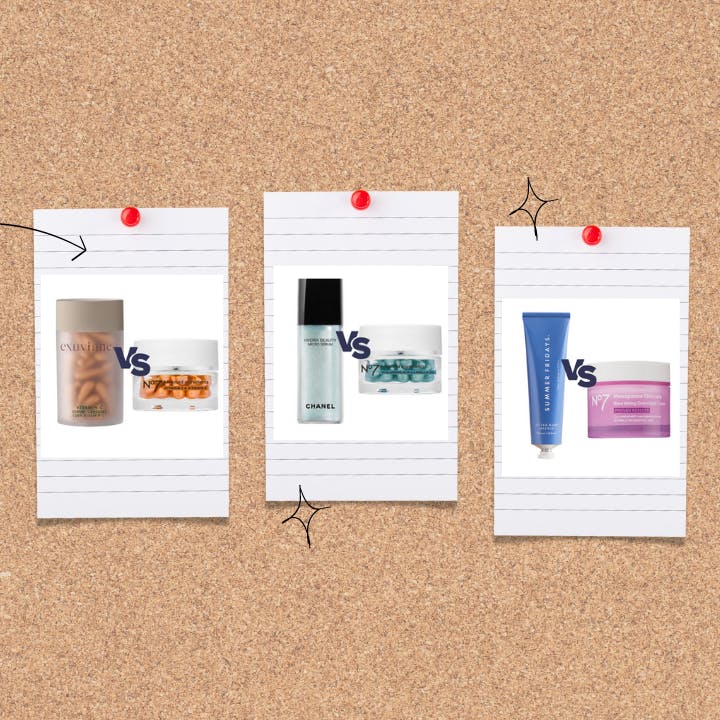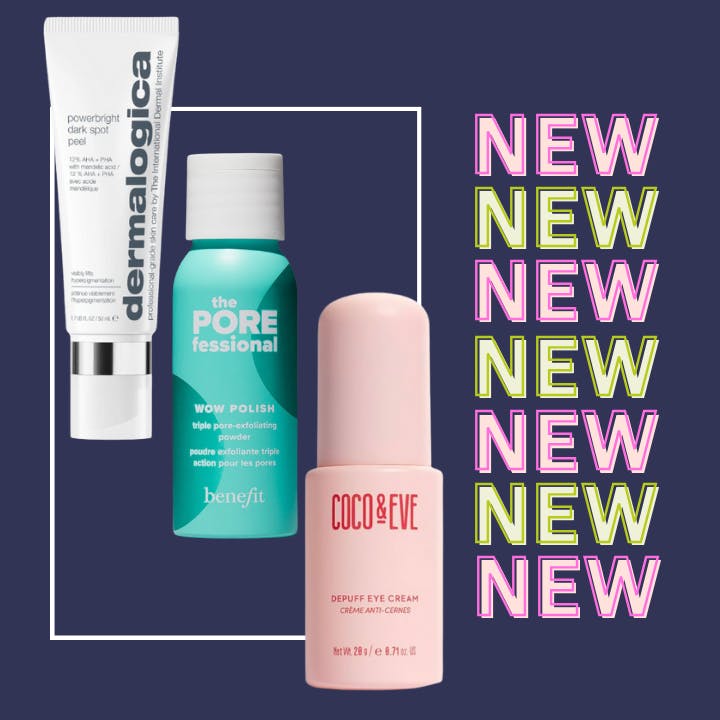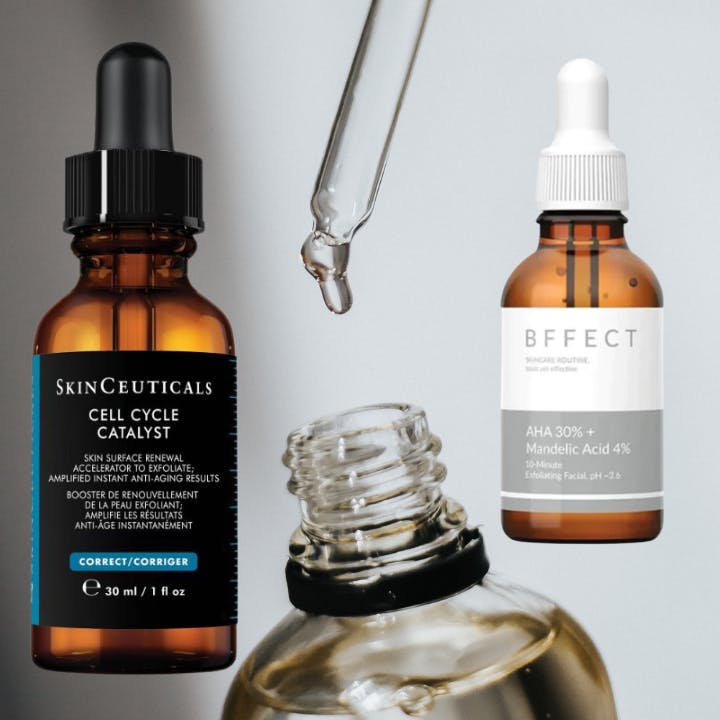How CVS Double Renewal Facial Moisturizer Echoes La Roche-Posay's Iconic Toleriane Formula
It's evident that CVS' Double Renewal Facial Moisturizer draws significant inspiration from La Roche-Posay's Toleriane Double Repair Face Moisturizer. A quick comparison using our SKINSKOOL inci list similarity tracker readily identified the CVS cream as the top match for the well-regarded Toleriane Double Repair cream. In fact, CVS has gone so far as to include a disclaimer on their packaging, emphasizing that their product holds no affiliation with La Roche-Posay — a telling indicator of an 'inspired-by' scenario. Interestingly, the CVS product is produced in Canada, which, as fellow Canadians, brings a grin to our faces.
Product Details
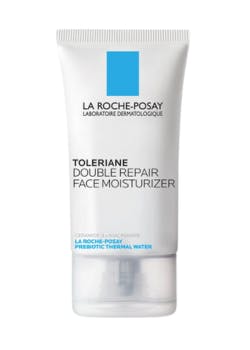
The iconic La Roche-Posay Toleriane Double Repair pitches itself as a face moisturizer for dry skin, sensitive skin and all skin types. Designed by the brand to provide up to 48 hours of hydration. They claim its key ingredients are ceramide-3, niacinamide, glycerin and La Roche-Posay Prebiotic Thermal Water. The product contains:
Aqua/Water, Glycerin, Dimethicone, Hydrogenated Polyisobutene, Niacinamide, Ammonium Polyacryloyldimethyl Taurine, Myristyl Myristate, Stearic Acid, Ceramide 3, Potassium Cetyl Phosphate, Isobutane, Glyceryl Stearate Se, Sodium Hydroxide, Myristic Acid, Palmitic Acid, Capryloyl Glycine, Caprylyl Glycol, Xanthan Gum, T-Butyl Alcohol, Acrylonitrile/Methyl Methacrylate / Vinylidene Chloride Copolymer, Tocopherol
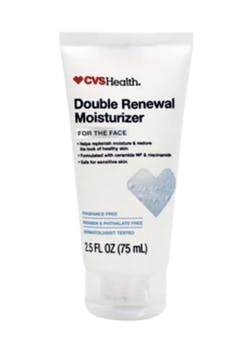
The CVS Double Renewal Moisturizer claims to work to help replenish moisture and restore the look of healthy skin. Designed to be safe for sensitive skin and calling out Ceramide-NP(3) and Niacinamide as the key actives. The product contains:
Water, Glycerin, Glyceryl Stearate, Dimethicone, Hydrogenated Polyisobutene, Niacinamide, Ammonium Polyacryloyldimethyl Taurate, Myristyl Myristate, Stearic Acid, Ceramide NP, Potassium Cetyl Phosphate, Myristic Acid, Tocopheryl Acetate, Capryloyl Glycine, Caprylyl Glycol, Xanthan Gum, Citric Acid, Phenoxyethanol, Ethylhexylglycerin
Similarity of Call-Outs and Ingredients
Both products primarily promote skin hydration and sensitivity-friendly properties, alongside paraben-free and synthetic fragrance-free assurances, and the endorsement of dermatologist testing. They similarly highlight the same key active ingredients, including Ceramide 3, Niacinamide, and Glycerin.
While the ingredient lists for both creams bear a very strong resemblance, there are a few notable differences to mention.
- The La Roche-Posay product includes some ingredients not found in CVS: "Isobutane" (a propellant often used in aerosol products), "Sodium Hydroxide" (an inorganic compound used as a pH adjuster), "Palmitic Acid" (a fatty acid that can work as an emollient), "T-Butyl Alcohol" (a solvent), and "Acrylonitrile/Methyl Methacrylate / Vinylidene Chloride Copolymer" (a film-forming agent).
- The CVS product includes "Citric Acid" (commonly used to adjust the pH of the product) and "Ethylhexylglycerin" (a skin-conditioning agent often used as a preservative and deodorizer). These are not present in the La Roche-Posay product.
- The order of some ingredients differs between the two products, which could potentially impact the effectiveness of their formulations. In cosmetics, ingredients are usually listed in descending order of concentration. For instance, "Niacinamide" is listed sixth in the CVS product but fifth in the La Roche-Posay product, suggesting it may be present in a higher concentration in the latter. Similarly, "Dimethicone" appears fourth in the CVS product, but third in the La Roche-Posay product, which may or may not indicate a higher concentration in the latter product.
A Friendly Reminder
While ingredient lists provide valuable insights into a product's composition, they don't disclose the exact concentrations or the specifics of the formulation process. Hence, our observations, based on these publicly available lists, should be followed up by real life testing of the products to assess what if any, noticeable differences in efficacy or experience exist.
The Price Differential
Interestingly while CVS' offering is priced around $5 less, you also get 25mL less, so it actually means there is no price advantage to buy the CVS version. Both products are essentially priced the same.
Conclusion
In concluding our assessment, when faced with no discernible price differential, our inclination leans towards the La Roche-Posay Toleriane Double Repair Moisturizer. The weight of the numerous accolades and testimonials the product has garnered, combined with the longstanding and esteemed reputation of the La Roche-Posay brand, makes it, at least for us, the more obvious choice.
You will also want to read:
- A totally under the radar GoopGenes moisturizer dupe
- What is the ultimate alternative to Advanced Night Repair?

